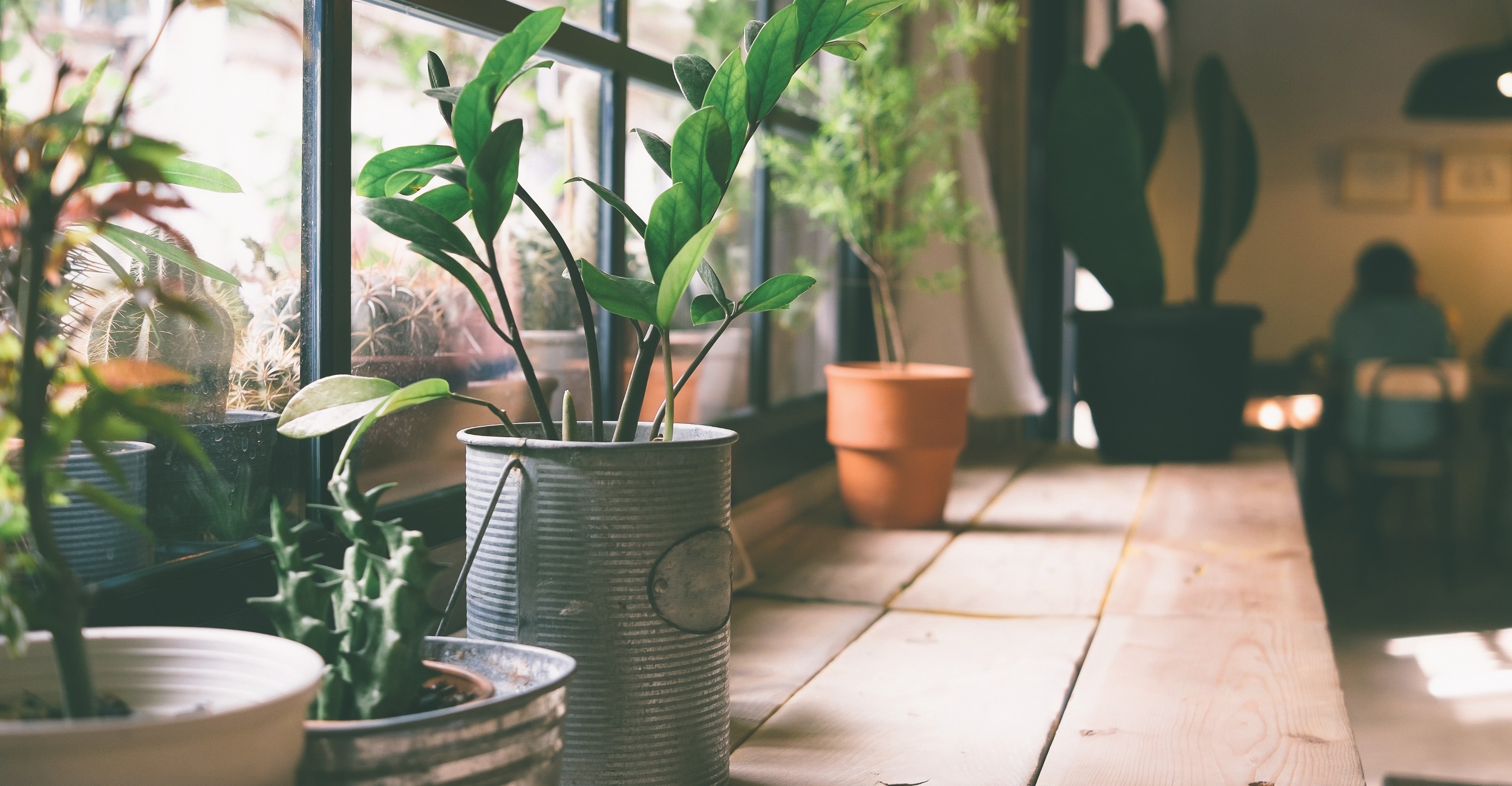
How to transition potted plants indoors for winter
Wednesday, November 10, 2021
Media Contact: Gail Ellis | Communications Specialist, Copywriter | 620-515-2498 | gail.ellis@okstate.edu
The seasons are changing, and gardeners are transitioning their potted plants indoors for the winter. To prevent plants from losing their leaves once inside, Oklahoma State University Extension recommends allowing them time to adjust to their new environment.
David Hillock, OSU Extension horticulture specialist, said plants should be moved before night temperatures drop below 45 degrees Fahrenheit. Otherwise, plants will suffer damage if exposed for an extended amount of time.
“Don’t make the mistake of just plucking the pots from the patio and putting them in the corner of your living room,” he said. “Plants need to acclimate to lower light levels. Start off by moving the plants into shaded spots in the landscape for about a week.”
Slight adjustments to an indoor setting are an important step even if the home features good natural light. Most plants that have been growing outdoors in full sun need brightly lit areas to continue to grow, Hillock said. If plants become leggy and reach for light, additional lighting is needed. Special LED lights are not required.
“A sunroom doesn’t provide the same kind of natural light as the outdoors, and if supplemental lighting is needed, fluorescent lighting, incandescent bulbs or grow lights are safe and effective for plants,” Hillock said.
Some plants are sensitive to direct sunlight and can be burned if exposed to too much light. Old incandescent lights give off heat that could cause scorching. Hillock said it is normal for some plants to drop a few leaves after making the move inside, but new growth will begin once plants adapt to indoor light.
“Always watch for any stretching or reaching,” he said. “That’s a sign to move the plants closer to a light source or increase the time they’re exposed to artificial lighting.”
It is also good practice to trim off any dead or damaged leaves and cut back on water and fertilizer once plants are inside. Wash off any bugs and check the pot and saucer for sneaky insects.
“This is important because some of these pests can cause damage to plants kept in the home all the time,” Hillock said. “Aphids, mealy bugs and scales can move indoors undetected, and their population can explode.”
Indoor plants need humidity to thrive and should be kept away from vents, radiators and fireplaces. To maintain healthy humidity levels, spray the plants with water or place pebbles in a tray of water and set plants directly on the pebbles. Also, check moisture levels often but do not overwater. Following these simple steps will ensure your outdoor plants continue to thrive throughout the winter months.
Host Casey Hentges discussed transitioning tropical plants indoors for the winter on the television show Oklahoma Gardening.
OSU Extension fact sheets detailing additional information about LED grow lights for plant production and houseplant care are available online and through OSU Extension county offices.
